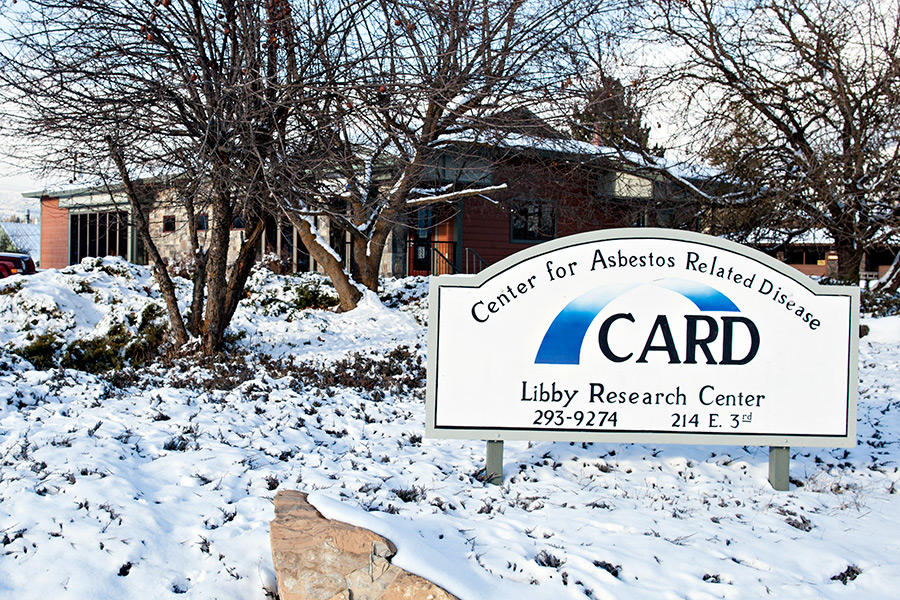For years, cancer was the biggest concern for Libby residents exposed to asbestos-laden vermiculite from a nearby W.R. Grace & Co. mine. But new research shows that the asbestos poisoning there may have also led to an increased rate of autoimmune diseases like rheumatoid arthritis, lupus, and scleroderma.
In the early 2000s, in the years following the discovery of the contamination, approximately 7,300 Lincoln County residents took a health survey conducted by the Agency for Toxic Substances and Disease Registry. During the survey, a measurable group of respondents reported having autoimmune diseases. However, that data was not explored further until the mid 2000s, when Montana State University research scientist Dr. Jean C. Pfau started to look into it.
The most obvious symptom of rheumatoid arthritis is joint pain, especially in the hands and feet. It can also cause painful swelling, bone erosion and joint deformity. The disease causes the body’s immune system to attack its own tissue. It cannot be cured, but it can be treated.
Of the 7,300 people surveyed, 113 reported being diagnosed with rheumatoid arthritis, nearly twice what was expected. Higher rates of lupus (another autoimmune disease that attacks the tissue and often causes a rash) and scleroderma (which often results in tightening of the skin) were also reported in Libby.
While scleroderma is considered a rare disease, with fewer than 200,000 cases per year in the United States, there were at least 50 reported cases of it in Libby.
“We have a strong case that there is something going on in Libby in regards to the increase of these autoimmune diseases,” Pfau said. “These people are suffering from fatigue, rashes, joint swelling, and other symptoms of autoimmune diseases, but they’re not properly diagnosed because it doesn’t fall into traditional diagnostic categories.”
In 2008, Pfau teamed up with Dr. Brad Black at the Center for Asbestos Related Diseases (CARD) in Libby to study it further with the help of a multi-million dollar grant from the federal government. Since Pfau couldn’t be sure that Libby asbestos was causing an increase in autoimmune diseases, she exposed laboratory mice to Libby-mined asbestos. Almost all of the rodents developed autoimmune diseases.
Researchers also looked at other groups of people exposed to asbestos, like a group of New York pipefitters, but there was not an increased level of autoantibodies among that population, meaning the correlation could be specific to Libby.
The grant that helped spur Pfau’s research is now about to run out, and she is currently writing up the results of her work, which should be finished in the coming months. Pfau and Black are optimistic, however, that they will be able to find additional grant funds to ensure they can continue studying autoimmune diseases in Lincoln County.
If they can study it further, Black and Pfau believe it would be possible to find a treatment for the conditions.
For years, the W.R. Grace & Co. mined vermiculite containing asbestos north of Libby that was used for instillation and other applications. The mine closed in 1990. More than 2,000 current or former residents of Lincoln County have been diagnosed with asbestos-related diseases, including cancer, and at least 400 have died in the last decade.
Libby was declared an Environmental Protection Agency Superfund site in 2002, becoming one of the largest environmental cleanups in U.S. history. In 2009, former EPA administrator Lisa Jackson named the town the agency’s first and only Public Health Emergency resulting from an environmental disaster.
